Help! Pinkish colored residue on my grout
novice_from__ct
16 years ago
Featured Answer
Sort by:Oldest
Comments (10)
bill_vincent
16 years agoRelated Discussions
Need help picking a grout color for my backsplash
Comments (2)From this angle 3&4. Can you move them to the left?...See MoreHelp me pick a grout for my LVP (color options included in post!)
Comments (1)Don't choose a grouted vinyl for a wet location. Choose sheet, or locking....See MoreXpost- Paint color to tone down pinkish tone in beige grout
Comments (8)I can try when I get home, but the lighting isn't finished and the one window in there is still blocked off, so I'm not sure the lighting is good enough to show what I'm talking about. My gut feeling is overall it'll be less noticeable when everything is installed like when we've finished other areas, but just don't want to bring out the pink undertone if I can help it. Lisa...See MoreHelp! Tiler left grout residue on matte tile
Comments (1)Photo's needed. How long since installed? If it is new you would call the installer immediately. Once you touch it you own it....See Moresue36
16 years agonovice_from__ct
16 years agojamesk
16 years agonovice_from__ct
16 years agoMongoCT
16 years agojamesk
16 years agomeg711
16 years agosteener_2008
16 years ago
Related Stories

HOUSEKEEPINGHow to Clean Grout — Stains and All
If your grout is grossing you out, this deep-cleaning method will help it look new again
Full Story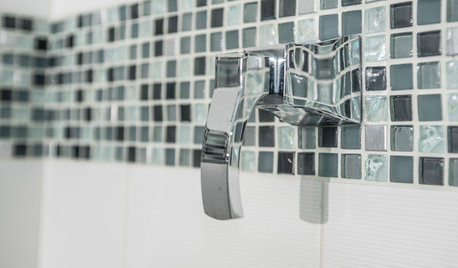
TILE3 Key Steps for Grouting That Looks Its Best
Get your grout right to keep your tile beautiful and for an installation that will last
Full Story
TILEEpoxy vs. Cement Grout — What's the Difference?
Grout is grout, right? Nope. Cement and epoxy versions have different appearances, durability and rules of installation
Full Story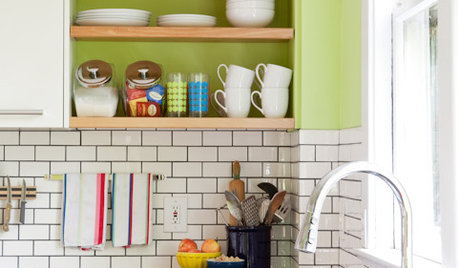
KITCHEN DESIGNSubway Tile Picks Up Gray Grout
Heading into darker territory, subway tile offers a graphic new look for kitchens, bathrooms and more
Full Story
DECORATING GUIDESColor Guide: How to Work With Charcoal Gray
The most modern neutral, charcoal gray looks great in dining rooms, living rooms and even nurseries. Here's how to use it best
Full Story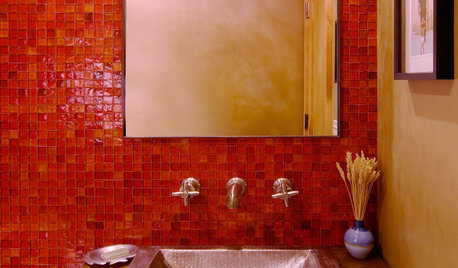
BATHROOM DESIGNLoving Color: A Rainbow of Tile
Turn your kitchen or bath into a glittering gem with a wall of colorful tile
Full Story
COLOR11 Terrific Paint Color Matches for Wood Details
Pair your wood trim and cabinets with the right shade of wall paint to bring out the beauty in both
Full Story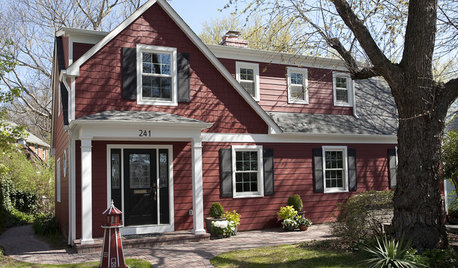
EXTERIORS8 Homes With Exterior Paint Colors Done Right
Get ideas for an exterior palette from these homes that run the gamut from Mediterranean to modern
Full Story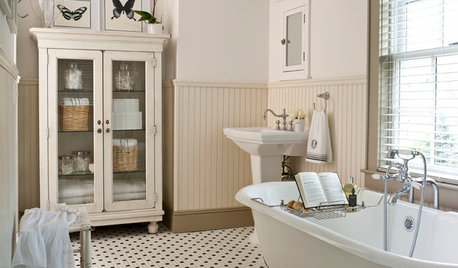
MOST POPULARMust-Try Color Combo: White With Warm Off-White
Avoid going too traditional and too clean by introducing an off-white palette that brings a touch of warmth and elegance
Full Story
DECORATING GUIDESColor Guide: How to Work With Red
Sizzling or sedate, red is not for the timid. Here's how to use its boldness to make your rooms come alive
Full Story




User